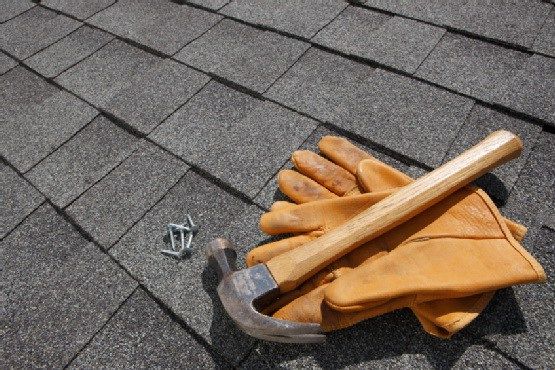Everyone knows how important it is to have a good roof overhead. Your roof protects the rest of your home from damage, helps hold in heat or keep your home cool, adds value to your home and gives you and your family a healthier, happier place to live. Even if your roof isn’t new, if you follow these simple maintenance tips now, you may be able to keep your roof in tip top condition much longer than even the average 30 years covered by most warranties.
Roof inspections in Greenville SC should be done Twice A Year And After Every Heavy Storm
The first step in maintaining your roof in top condition is spending a little time inspecting your roof twice a year, in the spring and fall, and after major storms. The bi-yearly inspections should be done both on the inside and outside of the roof. After storm inspections should be done on the outside of the roof, to ensure that there is no broken tiles, or gouges from flying debris. Inspections should be done with using binoculars or a ladder.
Trim Overhanging Tree Branches
During your roof inspections make note of any trees growing close to the house and roof. If there are branches hanging over the roof these should be trimmed back if healthy. Falling leaves or pine needles can end up in valleys of your roof where they can hold in moisture and rot the tiles making them weak and allowing rain water to soak through doing further damage to the structure of your roof. In addition, falling branches can gouge the roof and damage roofing tiles. By trimming those branches before they can do damage you are protecting your roof by using preventive measures.
Clean All Debris From Your Roof
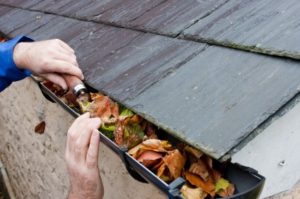
Don’t Allow Mold and Mildew to Grow
Black spots on your roof is a sign of mold and mildew. Overtime mold can work it’s way into your roofing tile and cause damage to the underlying roof itself. If you have a new roof that is free from mold and mildew, placing zinc strips at the peak of your roof will result in zinc washing off the strips each time it rains and preventing mold and mildew from growing. If you have an older roof that has begun to mold, then clean the mold from the roof using a mold remover specially made for roofs and then attaching zinc strips.
Keep Those Gutters Clean and In Good Repair
Clogged gutters can cause thousands of dollars of damage to your roof as water can back up under many different types of roofing materials. By keeping your gutters free of debris and in good repair you ensure that they can perform the job they are meant to do, which is keep the rain water away from your roof and those roofing tiles.
Replace Damaged Shingles and Roofing Tiles
Many people make the mistake of thinking that one missing shingle, or damaged roofing tile really isn’t going to hurt anything. This couldn’t be more false. If you want to keep your roof in tip top shape then you need to replace those shingles and tiles that become damaged. Even a small corner torn off a tile can allow your roof to suffer a lot of damage. So keep extra shingles and tiles on hand and learn the correct way to repair them should the need arise.
Replace Roof Sealants as Needed
Check all the places where roof sealant is used and if the sealant is showing signs of wear and tear such as cracks or small missing pieces then you need to clear all the old sealant away and reapply fresh sealant.
Replace Cracked Mortar Around Chimneys
Make sure that you check your chimney for cracked or missing mortar and replace that mortar that is damaged. The mortar is what holds the chimney bricks in place and should a brick fall it can do great damage to your roof as well as result in your losing your heating an inopportune time.
Don’t Forget Snow Removal
If you live in an area that gets heavy snowfall and you have good insulation then snow is bound to pile up on roof. Snow can be extremely heavy and cause damage to your roof from the excess weight. In addition, thawing and freezing of snow on the roof can cause ice to back up until roofing tiles, damaging the tiles and roof itself when the spring thaw arrives.
Have A Professional Inspection of Your Roof
While you can do most of your roof inspection and maintenance yourself you should have a professional inspection at least once a year or every other year if your roof is older than ten years old. Professional roofing in Greenville SC companies can spot potential problems and fix them long before they will be noticeable to you. It costs less to have a professional inspect your roof and make repairs than it will to have to replace your roof sooner than necessary.
By following these easy maintenance tips, you can keep your roof in tip top condition for years to come and just may find that your roof outlasts the warranty by two, three, or even 5 years.
Article Source: http://EzineArticles.com/7503398
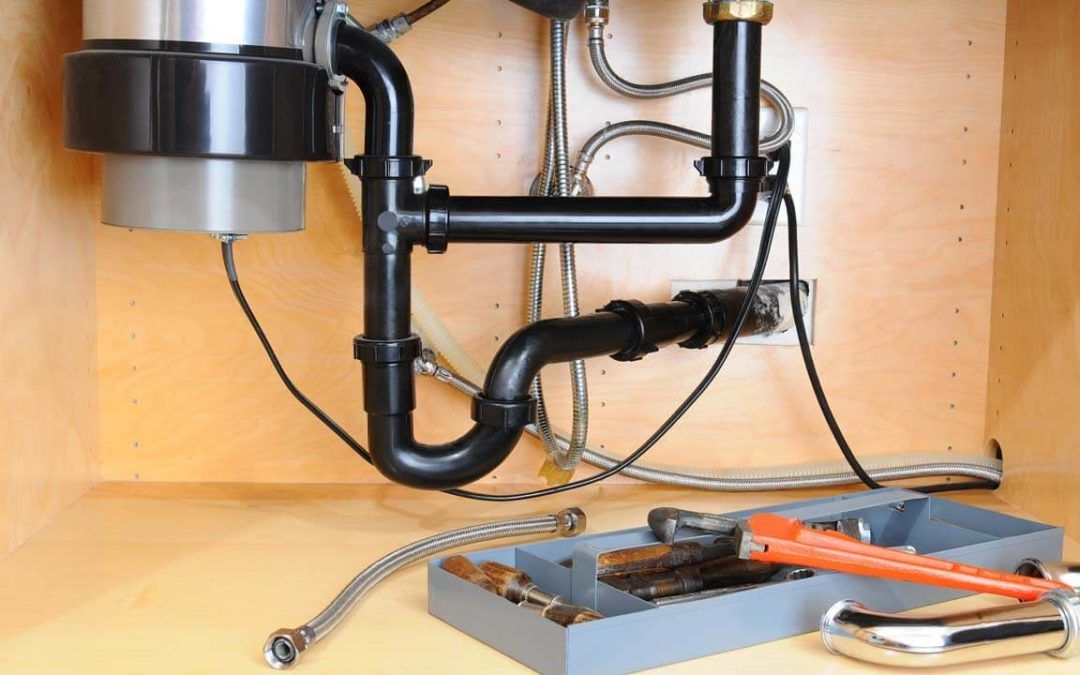
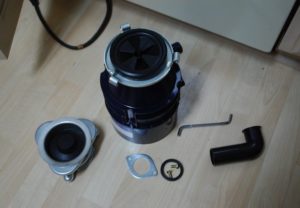



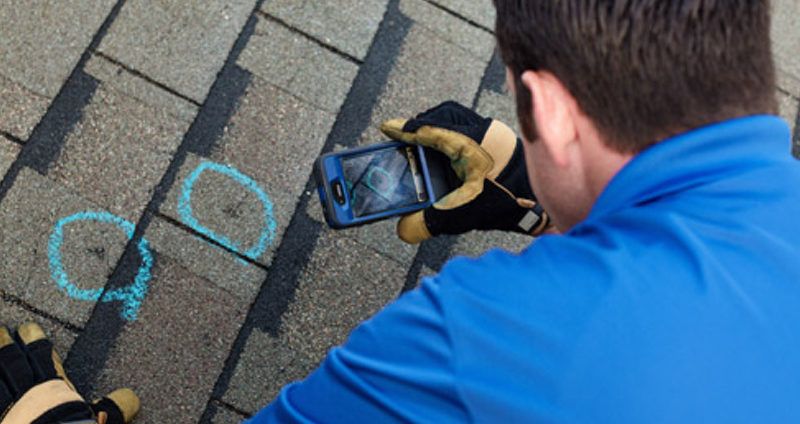
 If it is determined that repairs are necessary, they will need to be completed before a roof certification is issued. If repairs aren’t necessary, the roofing inspector will provide an estimate of how much longer the roof will last and a certification will be issued. Roofing certifications are typically good for up to five years, but it may differ from one area of the roof to another.
If it is determined that repairs are necessary, they will need to be completed before a roof certification is issued. If repairs aren’t necessary, the roofing inspector will provide an estimate of how much longer the roof will last and a certification will be issued. Roofing certifications are typically good for up to five years, but it may differ from one area of the roof to another.